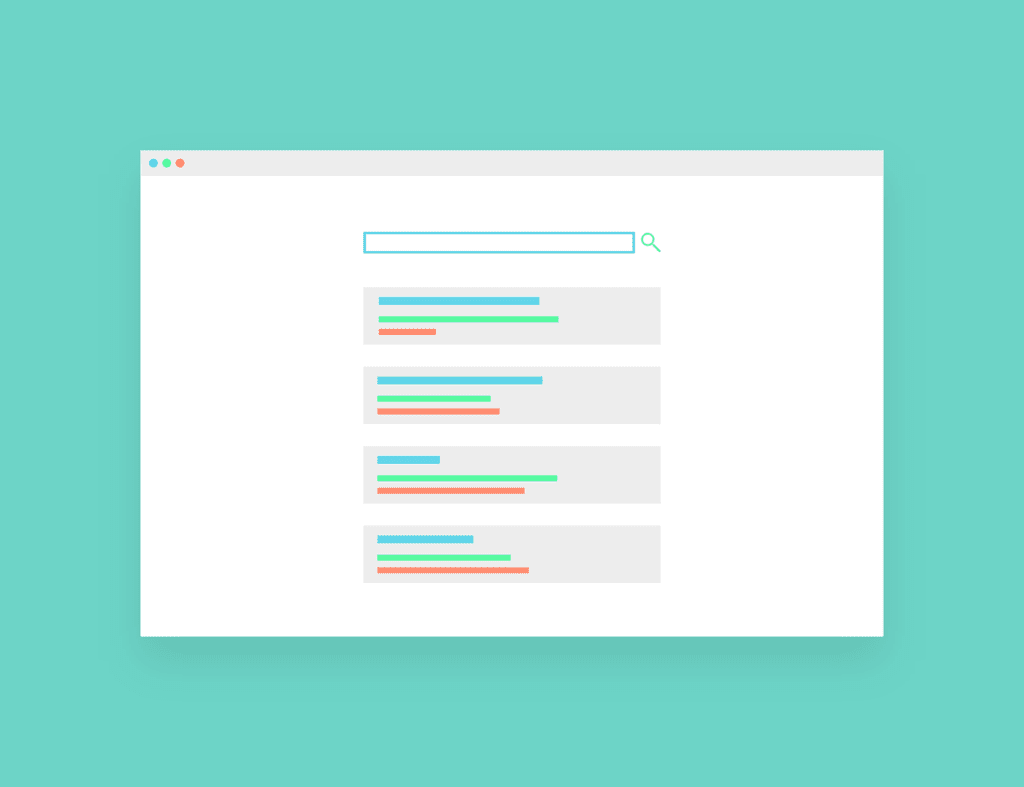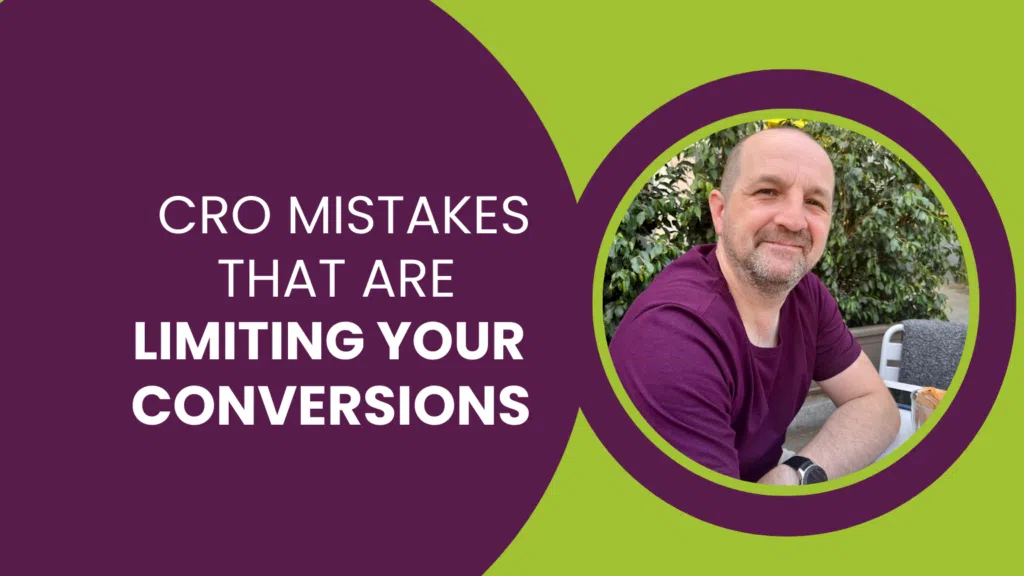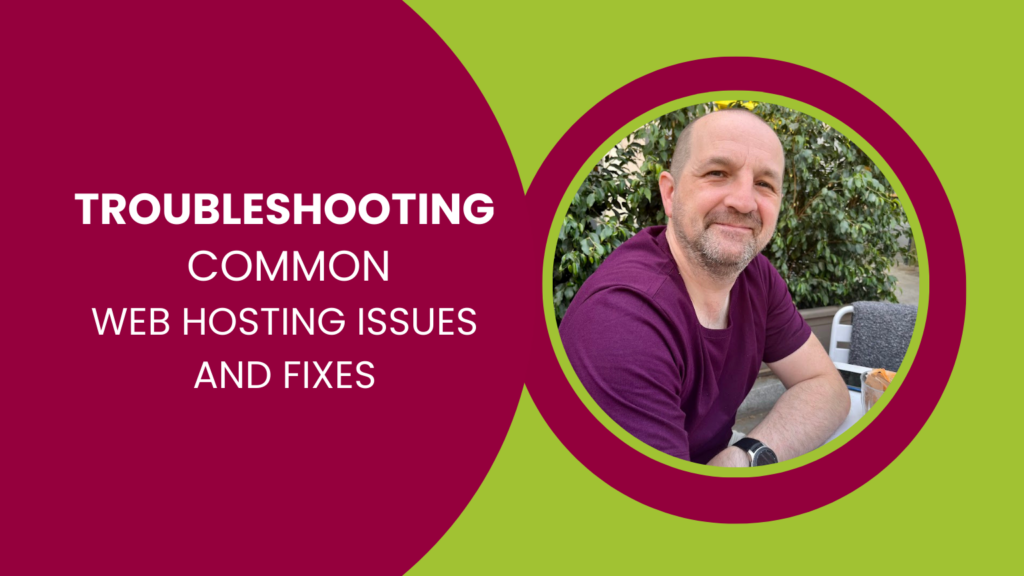If you’re going to spend any amount of money on pay-per-click (PPC) ads to reach a potential audience then you are going to want to do it right.
You will want to start by running these ads on the most popular search engine and with over 3.5 billion daily searches, Google surely offers you a perfect opportunity to reach out to your customers. But the secret to running a successful ad campaign isn’t just about choosing the right platform.
Unless you optimise, plan and execute the ad effectively, you’ll find it may just fizzle into the background of a user’s internet search. This is something we all know, right? You may be surprised how even the smallest of tweaks and forethought can have the biggest impact.
We’ve spoken about improving results through Custom Audiences with Google Ads, but now we need to look at the ad itself.
Follow our seven easy steps to get the most from Google Ads below and you will be well on your way to achieving more effective results.
How to get the most from Google Ads

1. Use quality keywords
Keywords can make or break the success of your campaign and it still remains a common mistake many people make when setting up their ads. When choosing the keywords, it’s essential that you pick terms that are relevant to your business and have the right intent behind them. Choosing keywords because they have the most searches on them is not always the most effective way to get the best returns.
One crucial piece of advice to take away would be to put yourself in the user’s shoes. What are they searching for? Who are they? What do they want?
If you are a plumber then your potential customers may be searching for terms like “emergency plumber” or “plumber in [your city]”. Terms like this will make for better keyword research than generic terms like “plumber” and in return make your ad more relevant to the user.
You may find that it has a lower number of searches per month, but the type of people searching are more likely to pay attention to your ad and click because their intent is more aligned to your services. The same rule goes for any type of ad – always try to visualise what they are looking for and what they need and you’ll be fine.
2. Make your landing page relevant
If your campaign’s aim is to increase revenue, awareness or subscribers, every click is going to cost you money. If your landing page – the page created specifically for your campaign – isn’t relevant to the ad or the ad is misleading, you may as well pour your money down the drain yourself and cut out the middleman. Don’t think for a moment that click-baiting a user will work. If they feel tricked or deceived, they will leave without a second thought.
Research shows that ads offering a positive and rewarding experience return better results. Keep the landing page as closely related to the ad as possible. Keep the experience and language helpful as well as positive, and offer the user the solution or answer they have been searching for.
It’s not all just about the relevance of the landing page, though. Ensure that it loads quickly, both on desktop and mobile devices.

3. Get to grips with tone and grammar
Striking the right balance between concise and clear is hard enough sometimes. Throw in a limited character count and it becomes even more tricky. You’ll need to think hard about the best way to convey your message. You are limited by Google with the type and amount of punctuation available, and you’ll also find strict rules on what is and isn’t allowed within the ad itself.
If you find your ads are forever being disapproved, take a look at what you are including in each one. Is it something an extension can solve? If so, utilise them (they are free after all).
If it’s something more generic like improper use of spacing, capitals or language, make sure you resolve it. Remember, though, that if you keep submitting disapproved ads, Google may eventually ban your account.
You’ll also want to ensure the copy suits the audience. Go back to who, what and where the viewer is, as well as what they are looking for. Experiment with adapting your language and writing style to suit your audience better and create some click-worthy copy. Don’t overdo this to the point where it becomes gimmicky or stereotypical, but small adjustments will go a long way with engagement.
4. Use a call to action (CTA)
When it comes to how exactly someone perceives, interacts and receives your ad, it’s never a guarantee or clear process. What attracts one person may not attract another. Google will do its best to place your ad in front of someone it thinks is most likely to engage with it, but you can help encourage them further through the effective use of a call to action.
While there is nothing wrong with using the more generic terms like “Buy now”, “Click here” or “Learn more”, you might find the customer isn’t ready or interested at this point to commit to a purchase. With Google Ads, you’ll want to offer them something back.
If you are selling a service, explain why they need it. If you want to sell a product, show them why yours is the best. Think outside the box and experiment with different styles of the call to action and you may find you start to see better successes.
5. Learn the basics with Google Ads Express
You don’t have to dive into the deep end right away when it comes to using Google Ads, and that’s where Google Ads Express comes in. A cut-down, very basic version of Google Ads, it’s perfect if you are just starting out. Primarily designed for novice advertisers, its simple and streamlined features help the user to quickly understand how to use it.
There are obvious drawbacks when it comes to any basic version of something, and unlike the full version Google Ads, Express takes control of all account activity and reporting. While this does make for a quick set up, it also means that it is not always ideal for long-term campaigns. Try it for yourself.
6. Get 150+ reviews to boost your CTR
Reviews are incredibly important for any business as they tell other users about your company in a way you never could. Google loves a good review and the more you have, the more likely you are to rank higher on search results.
However, getting those all-important reviews can be more of an issue. You should aim to get more organic reviews from customer experience, but other ways, like paying for them, can also give your search results a boost.
It’s also worth pointing out that Google has an extension called Seller ratings, which is an automated extension that showcases advertisers with high ratings. Appearing below text ads, they help people find businesses that offer quality services through noticeable star ratings.
7. Optimise your ads for mobile traffic
2016 saw mobile traffic surpass the use of desktop, and with that came a difference in how we use Google Ads. If your ads are not optimised for mobile then you are at serious risk of losing potential high-quality mobile traffic and these days, that can equate to a lot of people!
One of the more effective ways you can do this is to use the sitelink extension when setting up a mobile-based ad. With this properly configured, you are able to give the user more information in a shorter space of time. Present them with related terms and other CTRs to make advertising on google more effective. Mobile traffic is a very fast-paced world and you will only have a small window to entice the user to click, so make it count.
So now you know
Hopefully, this short guide will help you to use Google Ads more efficiently; remembering these key points will put your ads ahead of the majority that are out there.
Let us know in the comments below if you have any further tips on Google Ads, or tweet us @TeamTillison.
Need more help with boosting sales, revenue and inquiries off the back of your Google Ads campaign? Tillison Consulting is a Google Premier Partner agency, currently managing more than £3 million in online paid advertising.







